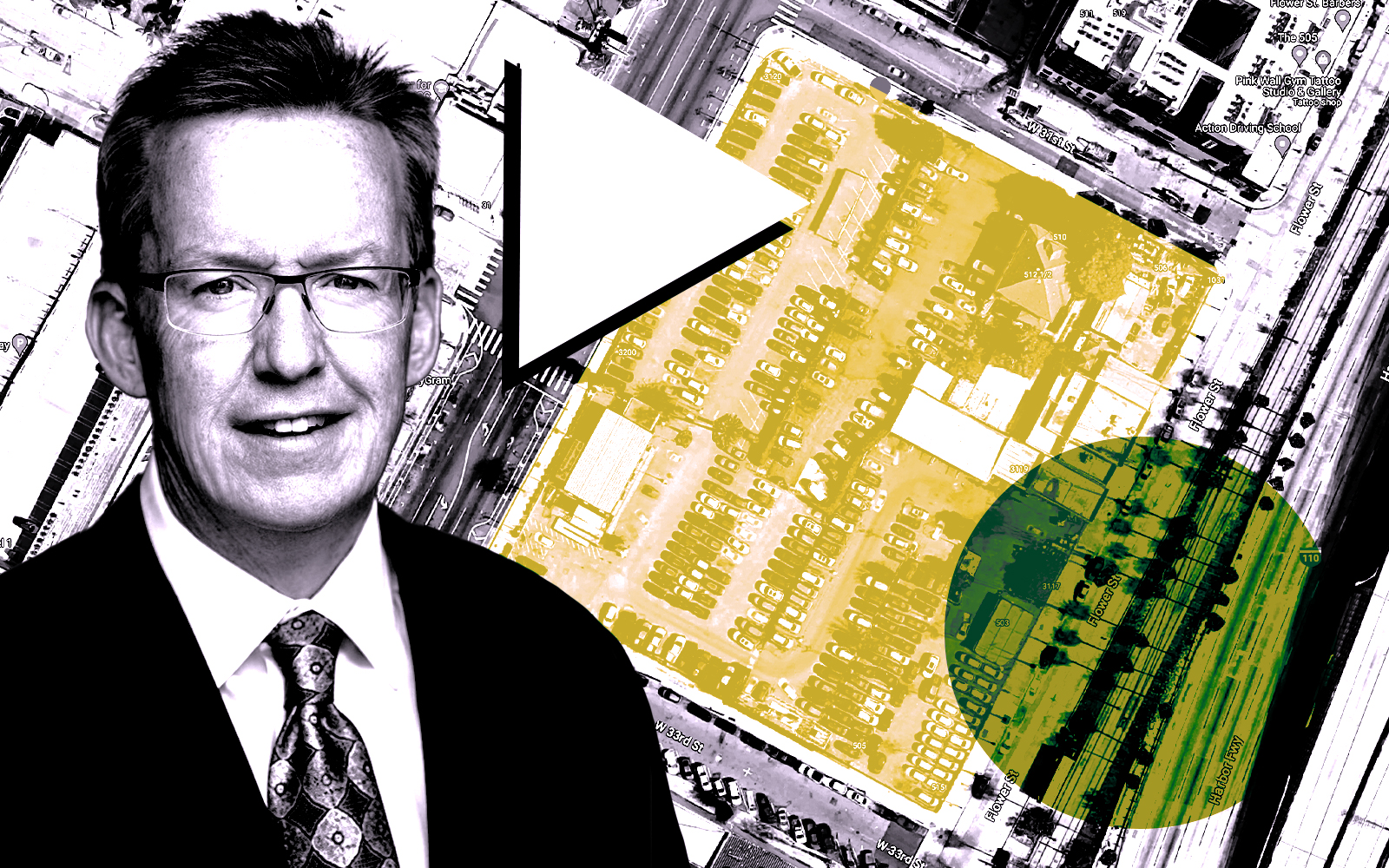A juggernaut of new student housing is transforming Exposition Park near USC.
The building boom is turning the historic Black and Latino neighborhood into a village of students, unchecked by planning constraints enacted more than a decade ago to ward off gentrification, the Los Angeles Times reported.
Nowhere is the transformation faster than in the mile radius around USC. Six years ago, developer interest just west of campus turned into a buying spree to Western Avenue.
In 2018, 24 properties were bought by limited liability corporations between Vermont and Western avenues and Jefferson and Exposition boulevards, according to a Times analysis of L.A. County Assessor records.
Purchases by LLCs, a precursor to development, rose to 274 parcels through 2022.
Since 2018, the City of Los Angeles has issued 135 permits to construct duplexes and 10 for apartments, in addition to 191 demolition permits. Of the new construction permits, 72 are for three-story buildings and 36 for four-story buildings.
The change has raised concerns among city officials and housing advocates that working-class families are being displaced by a well-heeled student population — either lured by cash offers that aren’t enough to buy housing elsewhere or forced out of affordable rentals.
“I’m most concerned that new housing is being created for temporary residents at the expense of housing for permanent residents, multi-generational residents, people who are committed to the neighborhood,” Councilman Marqueece Harris-Dawson, who is pushing for tighter planning restrictions he hopes will slow the pace, told the Times.
The neighborhood immediately west of USC, from Vermont Avenue to Western Avenue, may have crossed a tipping point.
Cynthia Strathmann, executive director of Strategic Actions for a Just Economy, a nonprofit that promotes housing policies to benefit low-income Angelenos, said “the horse has left the barn.”
Development is moving so swiftly that almost any random block has construction on one or two lots. Or a recently completed building or two. Or a boarded-up house with a demolition notice posted on a construction fence.
Strategic Actions for a Just Economy has surveyed one block of 36th Place three times — in 1999, 2009 and last year. “Even between 1999 and 2009 you were already seeing this massive displacement of community members,” Strathmann told the Times.
Last year’s survey found only one person living on the block who was not a student.
A Neighborhood Stabilization Ordinance adopted in 2008 had aimed to safeguard the low-density character of the working-class neighborhood near L.A. County’s largest private employer.
But a combination of aging homeowners and a growing number of university students on the hunt for housing has drawn a handful of determined developers, whose agents walk door-to-door asking homeowners to sell.
Loopholes in the planning law have allowed developers to build up to four stories, in most cases by-right, meaning they require no planning review.
“It seems to me they have a room full of people trying to find loopholes in the city’s building permit process,” Harris-Dawson said.
Homeowners in the predominantly Belizean community of a block of 35th Place either cashed in their homes for $1.1 million, or knew those who regretted selling for as low as $800,000 because they couldn’t find an affordable replacement house.
Several homeowners interviewed by The Times were ambivalent about gentrification, weighing the loss of community against the increase in value and their sense of security. They said that security provided by USC has eliminated gangs, drug sales and other crimes.
The new four-story student apartment buildings, rising next to early 20th Century homes, have bright colors, splashy designs, small gardens and lots of bedrooms. Some are stacked two or three deep to a lot, each a duplex with up to three bedrooms.
The small bedrooms, each with their own bathroom, are leased from the low $1,000s to more than $2,000 per room. They serve a market arising from the steady growth of USC’s enrollment, coupled with the inability of the university to add more housing on its built-out campus.
— Dana Bartholomew
Read more



